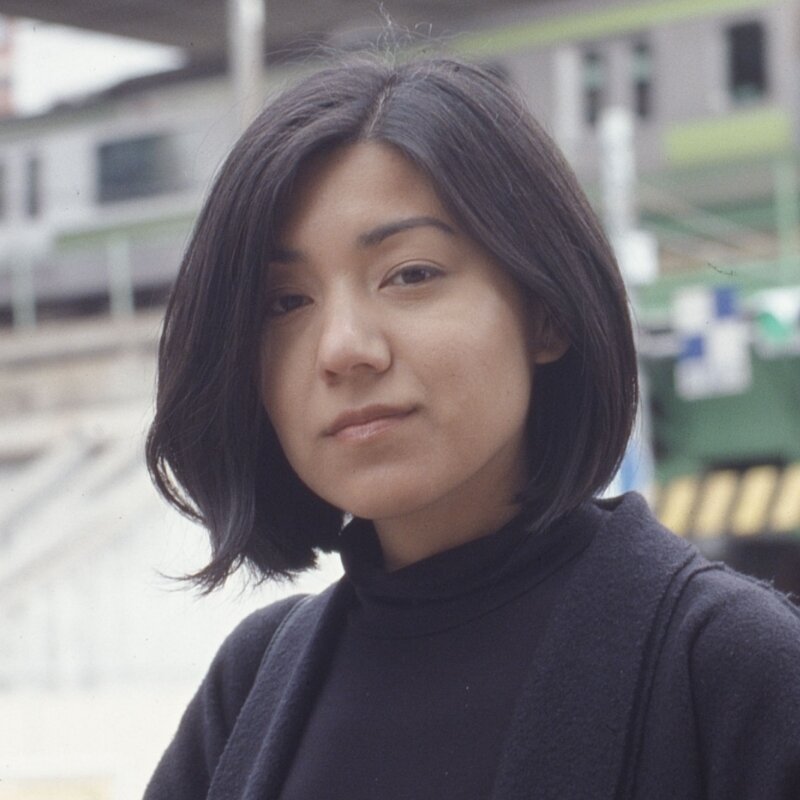Closed captions in English can be accessed in the video player.

The Power of Creativity in Trying Times: A Family Legacy - S6004

SPEAKERS
-

Designer, Illustrator, and Founder, Tanamachi Studio
Session Resources
No resources available for this session
Session Resources
ABOUT THE SESSION
Join celebrated designer Dana Tanamachi as she takes us on a journey through the ups and downs of her illustrious career — and her family’s uniquely American story. We’ll take a look at how creativity can help us cope in difficult circumstances, and how it gives us hope and dignity in trying times. Through lighthearted yet intimate storytelling, Dana will unpack what it means to nurture and leave a legacy of creativity, something she learned from the matriarchs in her own lineage.
In this heartwarming session, Dana will share:
- A visual feast of her vintage-inspired lettering, illustrations, and murals
- How dollar store chalk landed her work on the covers of Time and O, The Oprah Magazine; an exclusive collection at Target; and beyond
- A rare and inspiring glimpse of the art and handmade crafts from WWII-era Japanese-American internment camps — some from her family’s personal collection
Technical Level: General Audience
Type: Luminary Session
Category: Inspiration
Track: Graphic Design
Audience Types: Graphic Designer, Illustrator
This content is copyrighted by Adobe Inc. Any recording and posting of this content is strictly prohibited.
By accessing resources linked on this page ("Session Resources"), you agree that 1. Resources are Sample Files per our Terms of Use and 2. you will use Session Resources solely as directed by the applicable speaker.
Inspiring Insights
Short videos to explore even more
Keep the learning going with insights from industry experts. Get hot tips and tricks and best advice in 50+ bonus video — all under five minutes
Not sure which apps are best for you?
Take a minute. We’ll help you figure it out.